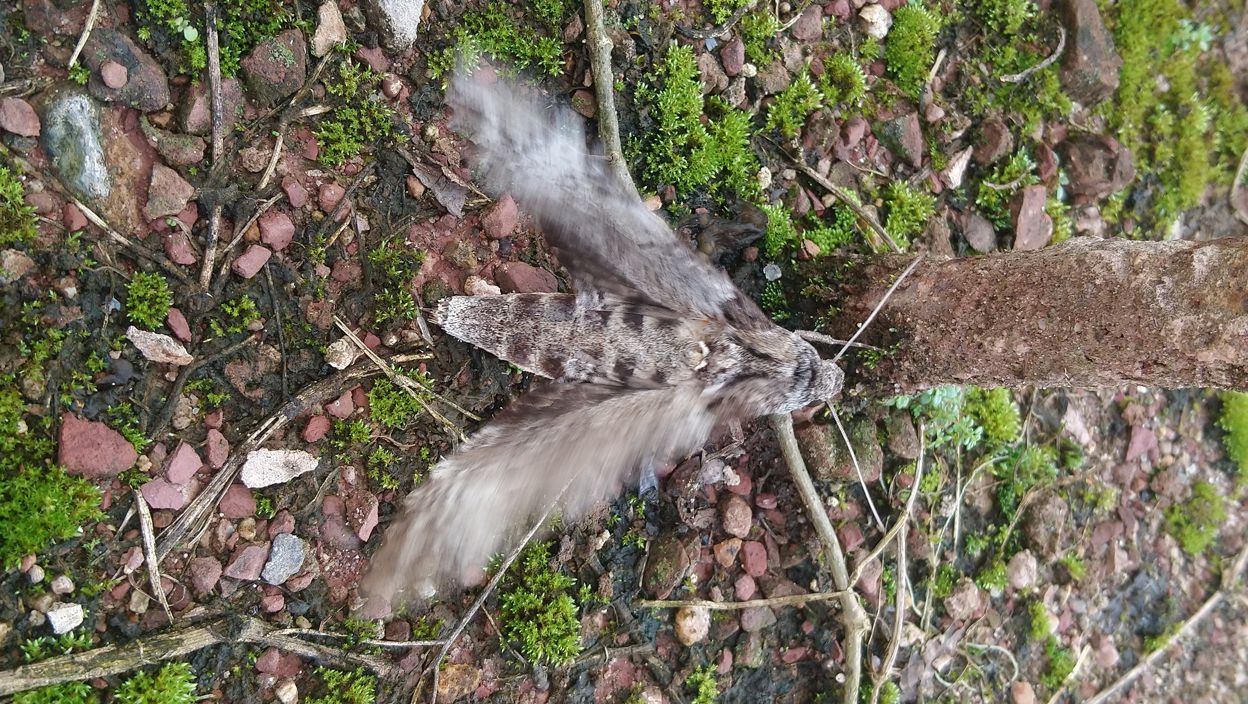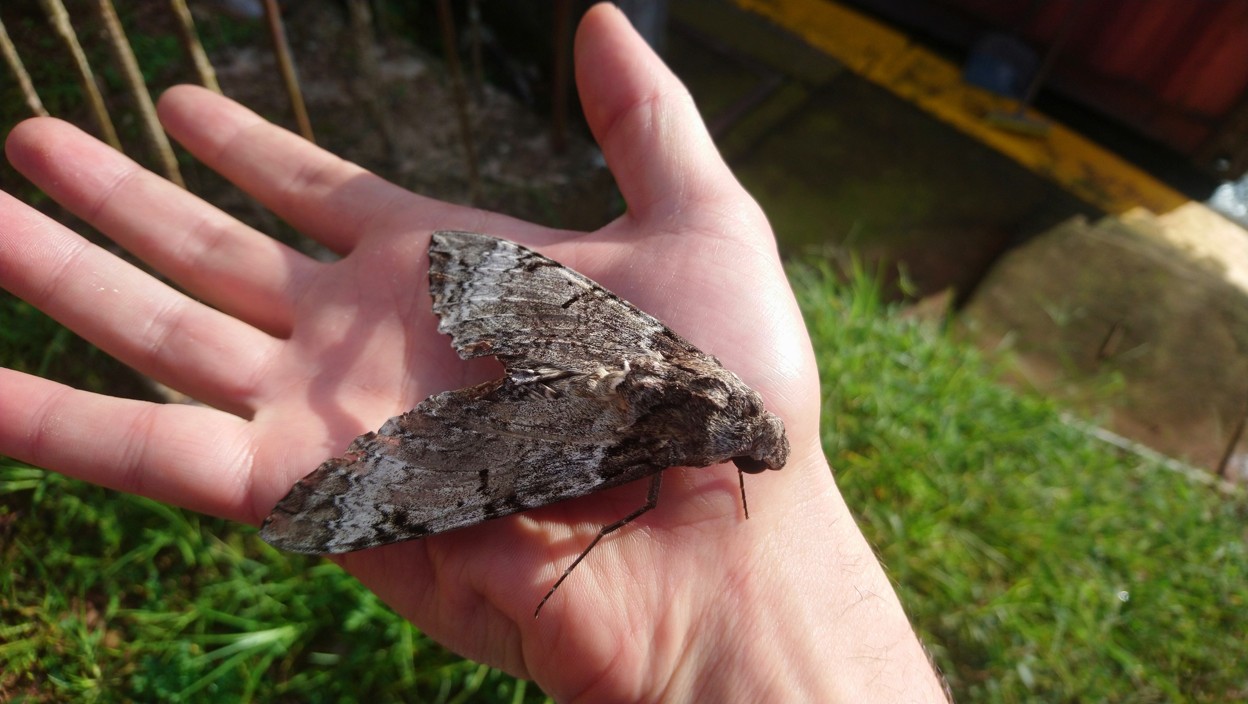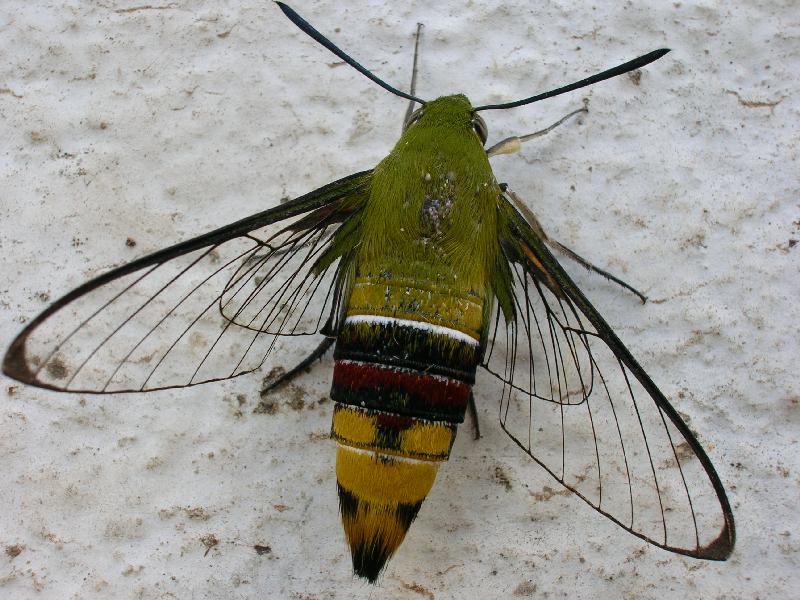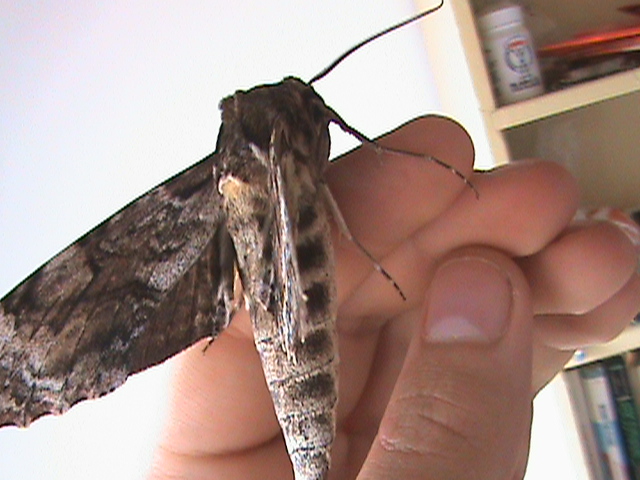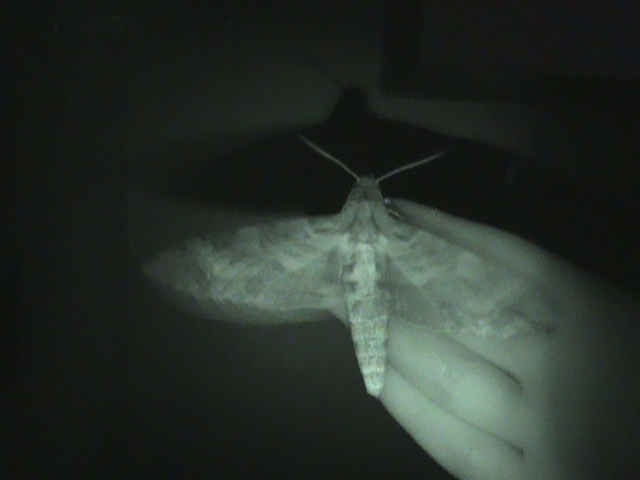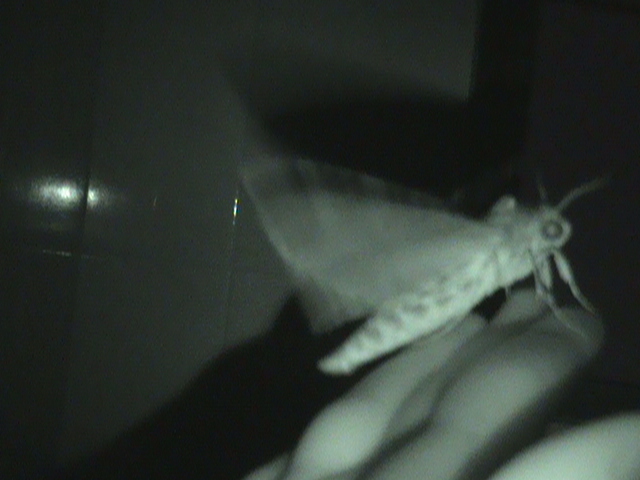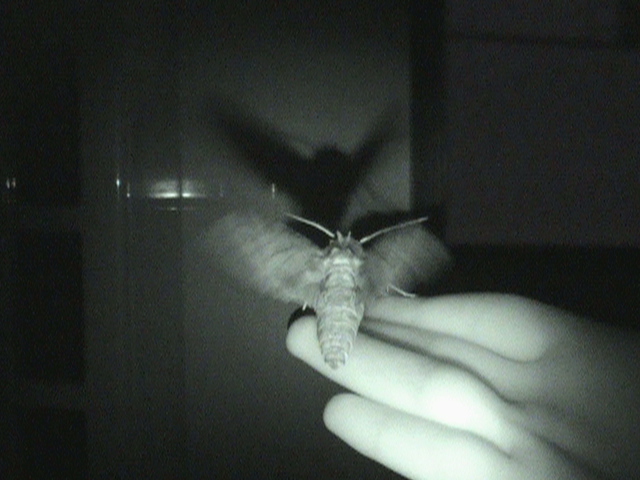Hawkmoths from the mountains
One of the neat things about living in a warm climate is an abundance of insects. While most of them are small some can grow to appreciable sizes from the perspective of a human. One of my favorite group of insects are the family of Sphingidae or Hawkmoths. These are large and heavy months that drink sweet water like a butterfly.
The most common hawkmoth I've encountered
In terms of size, their bodies are around 20cm in length and weight somewhere close to 3 grams. Some of them can grow larger but whatever their size it’s quite easy to notice their heft when one picks them up. Despite their big size they’re quite fragile. Their legs are toothpick thin and easily broken if not handled with care. It’s to the degree that I’ve witnessed these insects rip off their own legs if grabbed incorrectly. They don’t seem to mind, but its not the best way to treat these critters.
Very fragile legs and large wings
Of the variety of Hawkmoths that I’ve come across, all of them overwhelmingly fly during dusk or night, and completely “turn off” during the day. They appear to be very sensitive to light and will go still at night if they’re inside a well lit room, yet the moment the lights turn off, they will burst into life and start flying.
The moths wake up when it's dark
Perhaps the most fascinating aspect of these animals is how they fly. It’s very elegant and combines the fluttering grace of a butterfly with the helicopter-like robotic movements of a fly. Moreover, since they’re so big, it’s quite easy to watch them in detail. Their wings don’t flap that quickly either. One time I recorded the sound of their wing-beat and it measured at approximately 25hz. It’s slow enough that their wings don’t appear as a translucent blur as they move, but rather they will flicker as they flap.
Video 1. Slow motion hawkmoth
Since they’re nocturnal it’s hard to feed them while they’re flying. The easiest thing is to feed them on the ground while they’re half-asleep. Sometimes if you put some sugar-water in-front of them they will “wake up” and start drinking it, but a lot of the time you have to place their proboscis directly on-top of the food to them to drink. A toothpick works well to uncoil their mouth-parts and drag into the food.
Video 2. A moth that flew into my house
Bart Coppen’s tutorial on how to feed a moth is a great guide on how to do this:
Video 3. How to feed a moth (with a toothpick)!
Overall, these are fascinating animals and are well worthy studying! Some of them can be very colorful. Their colors are not as vibrant as those of butterflies and are more matte toned, but they’re very beautiful nonetheless. They can also fly very fast if you can watch them during the daytime!
